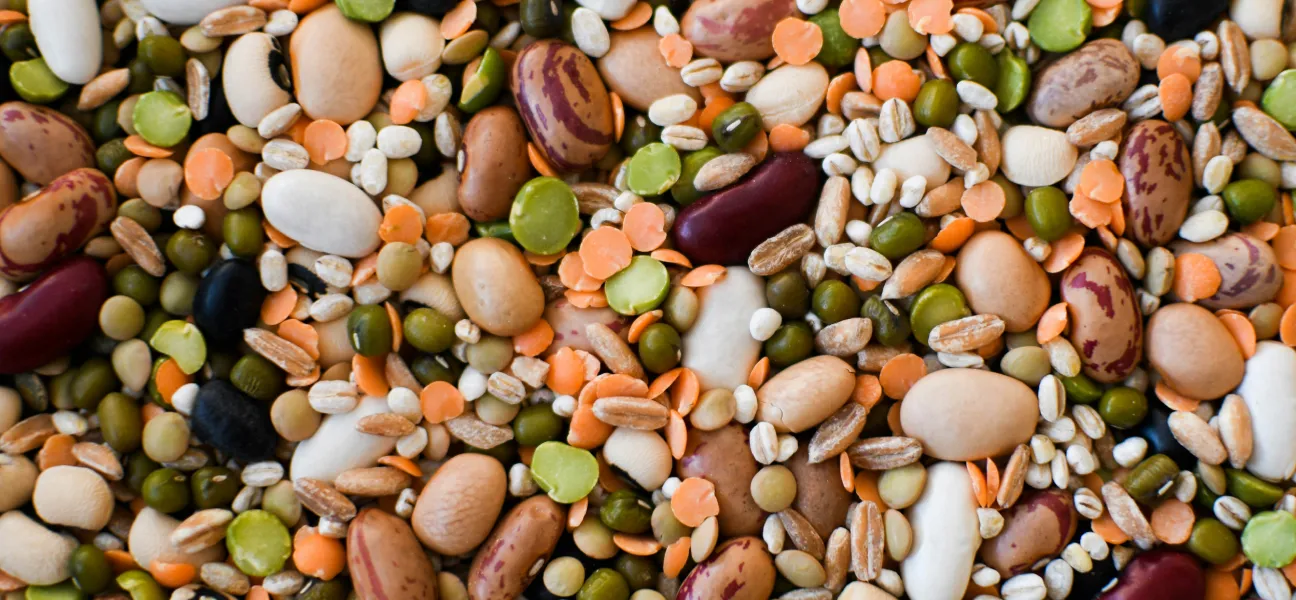
Ingredient sourcing is the process of finding and buying raw materials for food and drinks. For businesses, it means more than just purchasing ingredients. It includes choosing the right ingredient details, making sure suppliers are trustworthy, confirming they follow regulations, and looking for the best prices and shipping options.
If you're looking for help with manual sourcing services, get in touch with us today.
Sourcing ingredients is crucial for food manufacturers and brands. Several trends have made it even more important. First, stricter food safety regulations require clear tracking and records for every ingredient. Second, consumers are more conscious about what they eat, and ethical sourcing, and sustainability has become more important as well. Third, global instability affects the supply of ingredients, logistics, and prices.
These pressures mean that good sourcing helps protect a brand’s reputation, manage risks, and improve profit margins. Companies that excel at sourcing now will gain advantages in speed, flexibility, and customer trust.
Understanding how to source ingredients helps show where digital platforms like Nutrada can assist.
After qualification, buyers request samples. These samples go to the R&D or quality assurance team for testing. Tests might check solubility, flavor, particle size, moisture content, or microbiological parameters. Testing also looks at how the ingredient works in the final product.
Once you approve the samples, buyers may want to discuss pricing. However, we recommend discussing pricing first. It saves time to know the price before testing the sample. It would be frustrating to do all the testing only to find out the price doesn't work for you.
If not done so already, when you are ready to purchase the ingredients, it is important to discuss incoterms, quantities, pricing and terms.
There are a few common ways to find ingredients, aside from Google and directories. Each way has its pros and cons.
Trade shows let you meet suppliers in person, but they happen only on certain dates and need you to travel. Distributors and brokers make logistics and negotiation easier, but they might add extra costs and reduce your view of the supply chain. Direct outreach gives you more control, but it can be slow and not always reliable.
Digital sourcing platforms like Nutrada mix the quickness of online searching with trust from verified suppliers. Buyers can look for specific details, download important documents, and ask for quotes directly, without needing middlemen or paying commissions. This approach works well for fast-growing businesses and teams that source globally.
When selecting a supplier, the most important factors are certification, quality documentation, scalability, communication, and pricing. Let’s look at each in more detail.
Nutrada is a digital tool for businesses to search for ingredients. It connects buyers with suppliers who meet global certification standards.
All suppliers on the platform are verified and go through a review process. Buyers can use filters like ingredient type, country, category, and certification to find what they need. Once they find an ingredient, they can request a quote directly. There are no hidden fees. With Nutrada you'll be able to find suppliers in minutes instead of weeks.
Nutrada also offers insights on service providers like co-packing, logistics, and testing. This creates a complete system for developing food products. It helps buyers move from an idea to a finished product without needing to change platforms.
Ingredient sourcing is a broad topic. Here are related areas you may want to explore in more detail.
Each of these areas offers deeper insights into how sourcing connects with branding, compliance, sustainability, and long-term growth.
What is the difference between sourcing and purchasing?
Sourcing is a strategic process that involves finding and qualifying suppliers, while purchasing refers to the transactional act of ordering ingredients. Sourcing includes quality checks, documentation, and negotiation.
How do I verify that a supplier is legitimate?
Ask for up-to-date certifications, COAs, and business registration. Use platforms like Nutrada to minimize your risk. Nutrada pre-verifies their supplier base and only lists professional B2B entities.
What are the risks in global sourcing?
Risks include delays, fraud, quality inconsistency, and regulatory non-compliance. These can be reduced by working with verified suppliers, checking documentation, and using trusted platforms.
Is using a broker better than sourcing directly?
It depends. Brokers can help with logistics and manage risks. If you import goods yourself, you might need to pay everything upfront, face long delivery times, and deal with more risks and responsibilities.